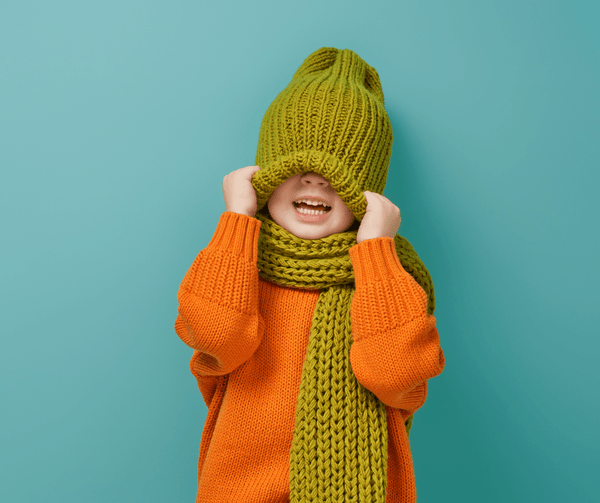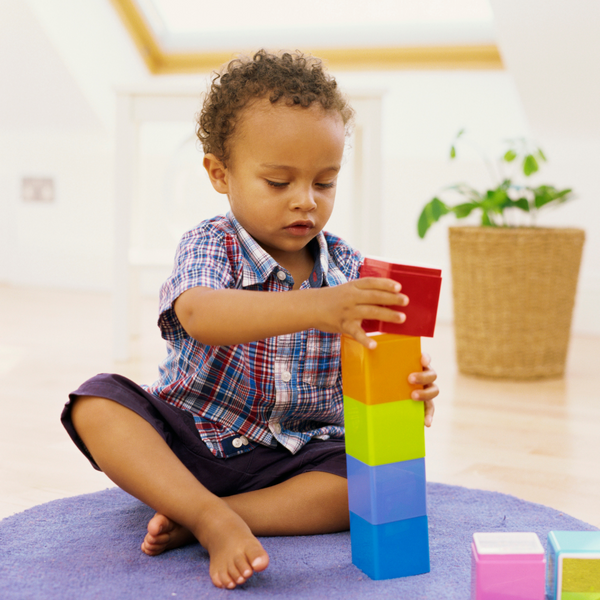
How to Find the Best Sustainable Kids' Clothing
As parents, we want the best for our children, and that extends to their clothing. With an increasing focus on sustainability, many parents are now seeking options that aren’t only high-quality and stylish, but also more eco-friendly.
Here’s a guide to help you navigate the world of sustainable kids' fashion:
1. Understand Sustainable Materials
Sustainable clothing begins with sustainable materials. Look for brands that prioritize:
- Organic Cotton: Grown without harmful pesticides and chemicals, organic cotton is soft and safe for children’s sensitive skin.
- Bamboo: A rapidly renewable resource, bamboo is also biodegradable.
- Recycled Fabrics: Brands that use recycled polyester or other materials help reduce waste and minimize environmental impact.
- Hemp and Linen: Both are strong, durable fabrics that become softer with each wash and are grown with minimal water and chemicals.
2. Dig Into Brands’ Sustainability Policies
Not all brands that market themselves as “sustainable” adhere to practices that reduce their environmental footprint. To ensure you’re buying from a reputable brand, look for certifications like Global Organic Textile Standard (GOTS), OEKO-TEX, or Fair Trade, which indicate adherence to strict environmental and social criteria. We also love Good On You’s easy-to-search Brand Ratings.
3. Check For Durability
High-quality clothing is not just about the materials; it’s also about how the garments are made. Durable clothing lasts longer, meaning it gets more use before it needs to be replaced. We always suggest looking for the following:
- Stitching and Seams: Look for tight, even stitching with no loose threads. Double-stitched seams add extra durability.
- Reinforced Areas: Check for reinforced stitching in high-wear areas like knees and elbows, especially for active kids.
4. Consider Sizing and Fit
Kids grow quickly, so it’s essential to think about sizing strategically:
- Adjustable Features: Look for items with adjustable waistbands or stretchy fabrics that can accommodate growth spurts.
- Size Up: When in doubt, size up. Kids will grow into the next size up, and it is easy to roll up a sleeve or cuff a pant leg in the interim.
5. Opt For Versatile Styles
There can be a temptation to jump on the latest fashion trends or buy clothing designed for a one-off occasion, but overly niche styles don’t usually get much use before being discarded. Instead, look for:
- Classic Styles: Timeless designs that won’t go out of fashion allow for more versatility in your child’s wardrobe.
- Colors That Mix & Match: Choose colors that can be easily mixed and matched with what is in your child’s wardrobe, ensuring multiple outfit combinations.
6. Explore Secondhand Options
Shopping secondhand is one of the most sustainable choices you can make because you’re reusing clothing that has already been made. Plus, you can often get high-quality clothing from amazing brands for a fraction of the original price. Consider:
- Consignment & Resale Shops: Shops like Bounce Mkt are great for finding gently used, high-quality clothing.
- Online Marketplaces: Websites like Poshmark and local Facebook groups often have secondhand kids’ clothing (though it may be a bit more high-effort than shopping a consignment or resale shop).
Conclusion
Finding high-quality, sustainable kids' clothing is a win-win; it’s looks great and does good for the planet too. By focusing on materials, certifications, quality, and classic design, you can build a wardrobe for your child that is both eco-friendly and durable.
And remember, every purchase you make can contribute to a more sustainable future for our kids. While no single onesie is going to fight climate change on its own, combined, our shopping decisions can add up to something impactful!

